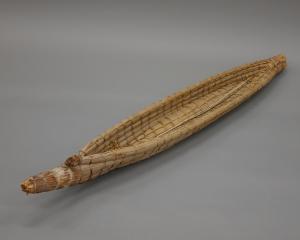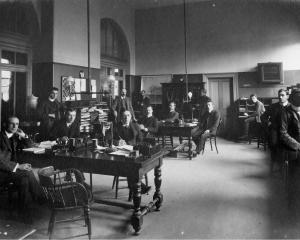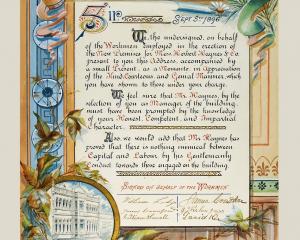

There are very few (if any) people who work in museums, that I know of, whose single purpose is to beat into visitors’ minds the wretched misery of the past and its accompanying lessons. It is much more common that those who work in these institutions are totally smitten with the pleasures of history.
For most, the passion that drove them to these hallowed halls was not a schoolmasterly desire to thrash dates of significance into those who dare to step foot in the building. Usually it is quite the opposite. It comes from a place of excitement and an eagerness to share the stories and treasures that we hold. So why do we find it so hard to see joy in the past?
Part of it must be a nagging moral requirement to give due respect to great tragedies. It can feel like there is little space for meditations on simple pleasures when hemmed in by war, poverty, and famine. Yet, one of the lessons we can learn from the past is that humanity always finds joy. From trench art to depression era dress-making, there is always space for play. Perhaps we could learn from that.
It is with these thoughts in mind that I selected this object; a small lamp made from an Agee jam jar. It was made for a young girl as the terror of night attacks from long-range Japanese bombers gripped the coast of Otago. It wasn’t the fear that its donor, appropriately named Joy, remembers though, it was the nights spent under covers reading by the flickering light of this simple device. That was the memory that was attached to this treasure. I think of that fond reminiscence every time I see it and try to incorporate its reminder that even in the darkest of nights there is joy — and that our ancestors wouldn’t mind it if we smiled, as long as we remember.
Henry Buckenham is curator at the Waitaki Museum & Archive Te Whare taoka o Waitaki.













